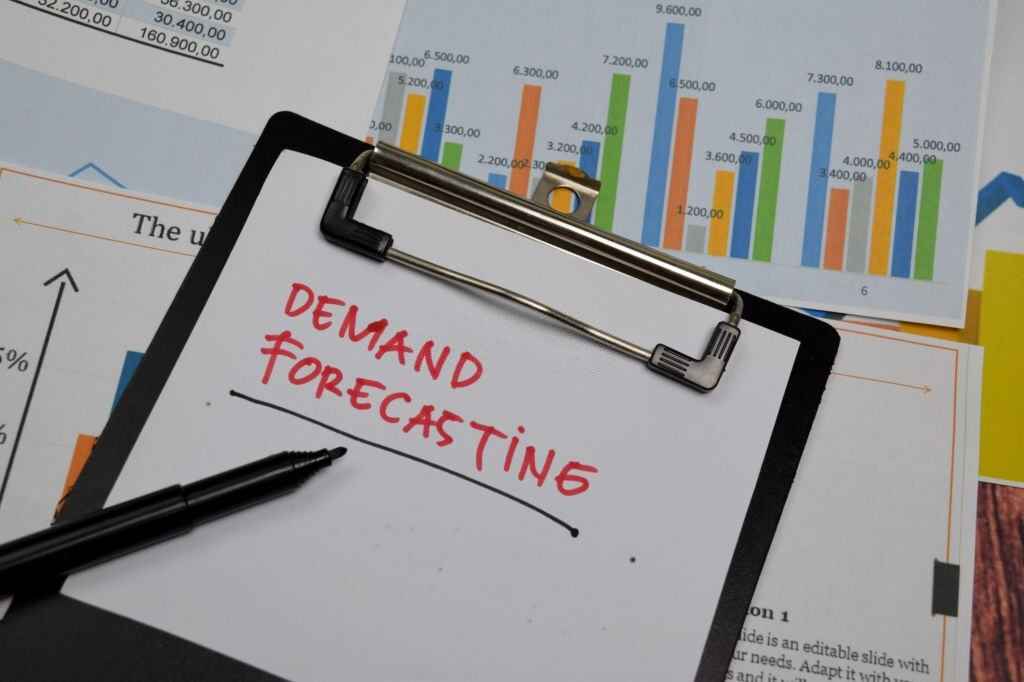Demand forecasting is critical for businesses. It is an area in which many overestimate their awareness of and ability to manage. Less than one-third of businesses feel solid about and able to manage their demand forecasts.
Because demand forecasting ability is so low and so critical for a business’s success, working on that ability should be IT’s number one priority. ERP can be a valuable tool in getting those sensing to gain a solid grasp on the science behind demand forecasting.
What is ERP, and how does ERP help with demand forecasting? Read on to learn more.
What Is ERP?
Enterprise Resource Planning (ERP) is a system of integrated software applications. It manages and streamlines business processes.
ERP automates the workflows and resources in an organization. Giving executives the tools they need to make strategic decisions.
ERP & the Role of Automation in Modern Demand Forecasting
Projected future demands are always uncertain. Yet, forecasts need to be made based on historical data, current market information, and customer trends. ERP simplifies this process by giving users access to a comprehensive database of current and historical data.
This data is used to create detailed reports and analyses. It helps supervisors to make an informed decision that accurately predicts future demands.
This data can also be connected to a company’s supply chain. It allows supervisors to determine purchasing decisions that align with their demand forecasts. This includes analyzing their stock to determine the efficacy of their current inventory management system. As well as placing orders to the necessary vendors ahead of time.
This level of automation and accuracy saves companies time and money and helps them plan for the future.
Achieving Supply Chain Transparency Through ERP
With ERP, organizations can better track their supply chain performance. Allowing them to get an accurate view of customer orders and expected demand levels. This information can be used to inform inventory and production decisions. Enabling them to address supply chain management and better anticipate changing customer demand.
ERP also helps keep the organization up to date with the latest current and market conditions. This reduces the need to rely solely on historical data. It also allows the organization to adopt an approach based on changes in the market environment.
Using ERP to Foster Collaboration and Drive Innovation
ERP systems allow departments to share resources, data, and documents in an efficient and streamlined manner. This creates an environment of increased collaboration. It also encourages stakeholders to create new solutions.
ERP systems are also advantageous to the innovation process. This is because they store data in one central location, making it easier to build on existing ideas. They help to measure successful innovation endeavors. They allow users to compare data easily across business departments.
ERP systems can also enable organizations to take advantage of cloud computing. They also enable employees to access data remotely. Because of this, employees can collaborate with one another no matter their geographical location.
Consider SAP B1 ERP. It is an ERP solution that manages small and medium-sized businesses with locations around the world.
Utilize ERP for Demand Forecasting
ERP software is a great tool for helping businesses with demand forecasting. It allows them to monitor sales and inventory data in real-time, quickly, and accurately. As well as identify trends and patterns, and adjust their supply chain strategy to respond.
By taking advantage of the benefits it offers, businesses can better meet customer demands and improve profitability. Try it out today to see the results for yourself!
For more informative articles like this one, visit the rest of our blog today!

